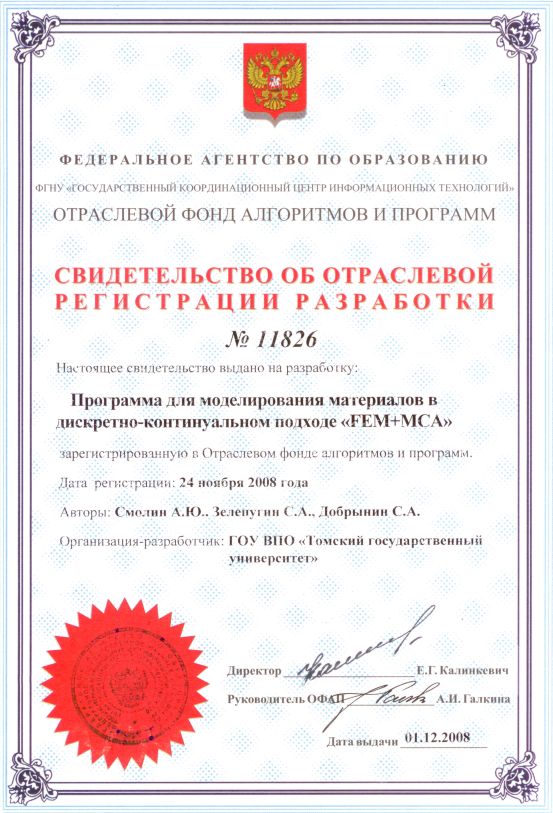| rdfs:comment
| - The movable cellular automaton (MCA) method is a method in computational solid mechanics based on the discrete concept. It provides advantages both of classical cellular automaton and discrete element methods. One important advantage of the MCA method is that it permits direct simulation of material fracture, including damage generation, crack propagation, fragmentation, and mass mixing. It is difficult to simulate these processes by means of continuum mechanics methods (For example: finite element method, finite difference method, etc.), so some new concepts like peridynamics are required. Discrete element method is very effective to simulate granular materials, but mutual forces among movable cellular automata provides simulating solids behavior. As the cell size of the automaton approac (en)
- Метод рухливих клітинних автоматів (MCA, від англ. movable cellular automata) — це метод обчислювальної механіки деформованого твердого тіла, заснований на дискретному підході. Він поєднує переваги методу класичних клітинних автоматів і методу дискретних елементів. Важливою перевагою методу МСА є можливість моделювання руйнування матеріалу, включаючи генерацію пошкоджень, поширення тріщин, фрагментацію і перемішування речовини. Моделювання саме цих процесів викликає найбільші труднощі в методах механіки суцільних середовищ (метод скінченних елементів, метод скінченних різниць тощо), що є причиною розробки нових концепцій, наприклад, таких як перідинаміка. Відомо, що метод дискретних елементів дуже ефективно описує поведінку гранульованих середовищ. Особливості розрахунку сил взаємодії між (uk)
- Метод подвижных клеточных автоматов (MCA, от англ. movable cellular automata) — это метод вычислительной механики деформируемого твердого тела, основанный на дискретном подходе. Он объединяет преимущества метода классических клеточных автоматов и метода дискретных элементов. Важным преимуществом метода МСА является возможность моделирования разрушения материала, включая генерацию повреждений, распространение трещин, фрагментацию и перемешивание вещества. Моделирование именно этих процессов вызывает наибольшие трудности в методах механики сплошных сред (метод конечных элементов, метод конечных разностей и др.), что является причиной разработки новых концепций, например, таких как перидинамика. Известно, что метод дискретных элементов весьма эффективно описывает поведение гранулированных сре (ru)
|



![[RDF Data]](/fct/images/sw-rdf-blue.png)
























![[cxml]](/fct/images/cxml_doc.png)
![[csv]](/fct/images/csv_doc.png)
![[text]](/fct/images/ntriples_doc.png)
![[turtle]](/fct/images/n3turtle_doc.png)
![[ld+json]](/fct/images/jsonld_doc.png)
![[rdf+json]](/fct/images/json_doc.png)
![[rdf+xml]](/fct/images/xml_doc.png)
![[atom+xml]](/fct/images/atom_doc.png)
![[html]](/fct/images/html_doc.png)